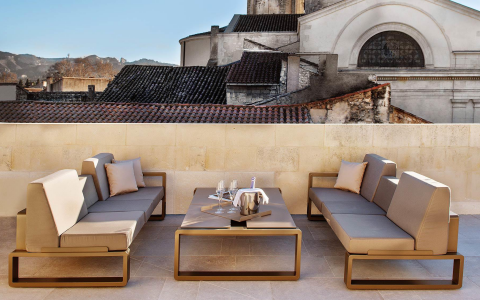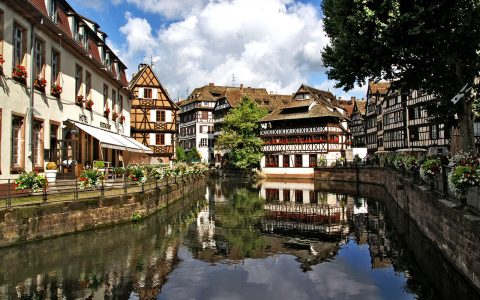Of Wine and Wheels
Exactly how many wine regions exist in Europe? Does Burgundy count as one, or many (Chablis, Cote d’Or, Beaujolais, etc.)? Do dessert wine regions, like Marsala or Sherry, count?
While the questions abound, one thing is for certain: regardless of how you define them, Old World wine regions offer some of the best recreational biking on the planet; vines tend to thrive in scenic and hilly (but not mountainous) countryside, wine towns tend to be small, unindustrial (no heavy truck traffic) and cultured, and where there is good wine, it’s generally a safe bet you’ll find good food.
So when choosing a wine-inspired trek that’s right for you, the choices are as tough as they are many. Herewith, a (very) brief primer on a few of my favourites.
Germany and France
The Mosel, Alsace and Champagne
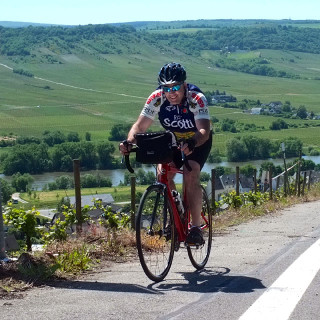 The Mosel Valley offers dramatic landscapes: stunning, steep hillsides blanketed with vineyards, yet with most of the biking kept flat along the riverbanks. In Alsace, the terrain tempers to nearly flat in places, with the peaks of the Vosges and the mighty Rhine as parentheses. And in Champagne, gently rolling roads traverse rows of Chardonnay, punctuated by the occasional sleepy village that just happens to have a great bistro in its midst. Overall, the mix of wine profiles (under-the-radar Mosel, recognizable Alsace, and prestigious Champagne) makes for a perfect trip recipe. Or blend, if you will.
The Mosel Valley offers dramatic landscapes: stunning, steep hillsides blanketed with vineyards, yet with most of the biking kept flat along the riverbanks. In Alsace, the terrain tempers to nearly flat in places, with the peaks of the Vosges and the mighty Rhine as parentheses. And in Champagne, gently rolling roads traverse rows of Chardonnay, punctuated by the occasional sleepy village that just happens to have a great bistro in its midst. Overall, the mix of wine profiles (under-the-radar Mosel, recognizable Alsace, and prestigious Champagne) makes for a perfect trip recipe. Or blend, if you will.
Spain and France
Ribera del Duero, Rioja and Bordeaux
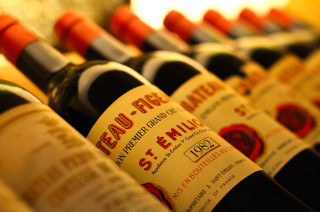 On a trip that spans northern Spain and southwest France, Ribera del Duero plays the role of sleeper, an under-appreciated appellation modelled on Bordeaux but cultivated deep in the heart of Spain, along the flanks of the upper Duero River. (Downstream, in Portugal, it becomes the Douro, where the viticultural bounty takes the form of sweet port wine.) The riding is gentle and pretty, the feel traditional. In Rioja, another Bordeaux protégé, the varietal is tempranillo and the vintages more familiar to North Americans; here, the terrain undulates more noticeably on either side of the Ebro River, and the cuisine and architecture take a sharp turn toward cutting-edge. The prestige region is Bordeaux, where the grand estates dot a landscape that can vary from the dead-flat Medoc to the rolling hills of St-Emilion/Pomerol, and household names – Rothschild, Margaux, Petrus – reveal themselves around each turn.
On a trip that spans northern Spain and southwest France, Ribera del Duero plays the role of sleeper, an under-appreciated appellation modelled on Bordeaux but cultivated deep in the heart of Spain, along the flanks of the upper Duero River. (Downstream, in Portugal, it becomes the Douro, where the viticultural bounty takes the form of sweet port wine.) The riding is gentle and pretty, the feel traditional. In Rioja, another Bordeaux protégé, the varietal is tempranillo and the vintages more familiar to North Americans; here, the terrain undulates more noticeably on either side of the Ebro River, and the cuisine and architecture take a sharp turn toward cutting-edge. The prestige region is Bordeaux, where the grand estates dot a landscape that can vary from the dead-flat Medoc to the rolling hills of St-Emilion/Pomerol, and household names – Rothschild, Margaux, Petrus – reveal themselves around each turn.
Italy
Tuscany and Piemonte

The pattern changes in Italy, where every appellation constitutes an A-lister and each hill a challenge, though fortunately one both relentless and relentlessly beautiful. Barolo is the royal wine of the Savoy of Piemonte, born of the Nebbiolo grape whose etymological root “fog” honours the mist that often shrouds its vineyards; when the mist lifts midday, it reveals stunning vistas replete with the village or forest-topped hills.
In Tuscany, the light is decidedly Mediterranean, its intensity illuminating the now-iconic images that have come to stand for all Italy: terracotta-roofed walled towns, groves of silvery olive trees, lines of cypresses guarding sentry-like the approach to an ochre villa. Wine-wise the region offers a self-contained spectrum, with those at the high-quality end distinct in both flavour and provenance: Brunello from the rugged lands southeast of Siena; Chianti Classico from the sere inland; and Super Tuscans like Sassicaia and Ornellaia prospering in the hot sun, tempered by sea breezes in the Maremma, along the Tyrrhenian coast.
MORE FROM France
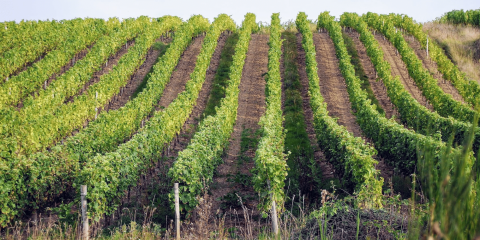
Grape Harvesting in Ventoux
France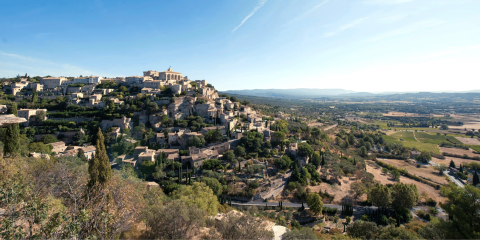
The Top 5 Hiking Routes in Provence and Cote d’Azur
Provence
With Vineyards, Beaches, and Quaint Villages, Île de Ré Is France’s Best-kept Secret
France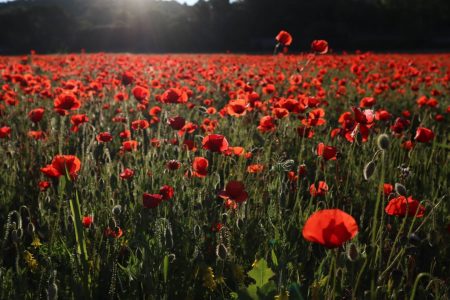
Photo Diary: A Sunday in Provence with B&R Guide Tatjana Buisson
Provence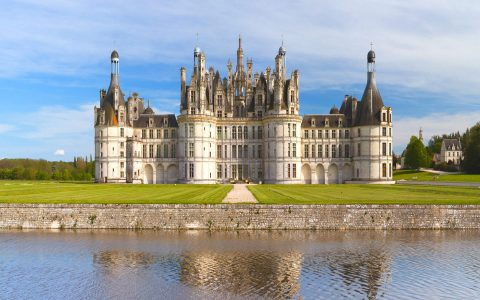
5 Ways to Relive the Renaissance in the Loire Valley
Loire Valley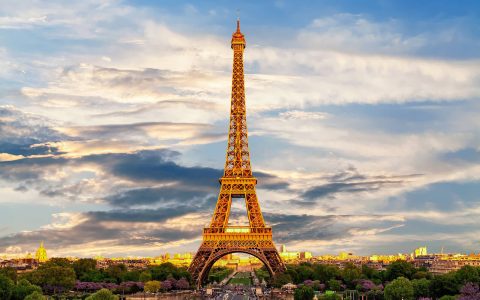
The Best Luxury Hotels in Paris: From Classic to Contemporary
France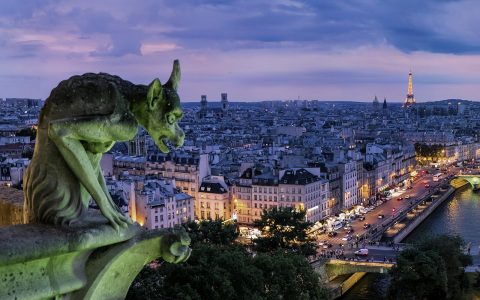
Secrets of the Seine
Île-de-France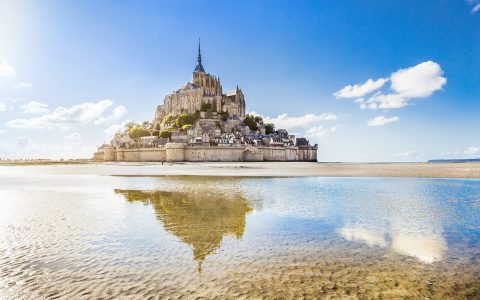
6 Reasons Why You Need to Visit Normandy, France
Normandy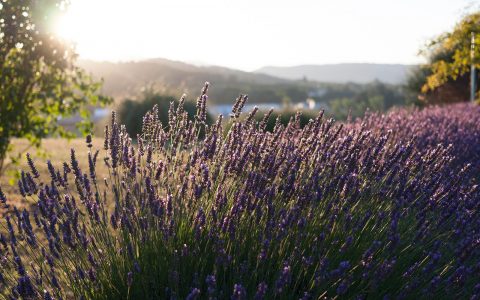
10 Best Markets & Shops in Provence
Provence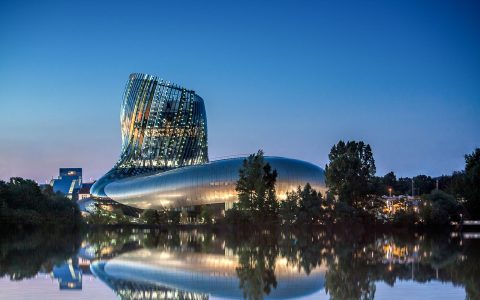
Bordeaux Nouveau: France’s Coolest City Right Now
Bordeaux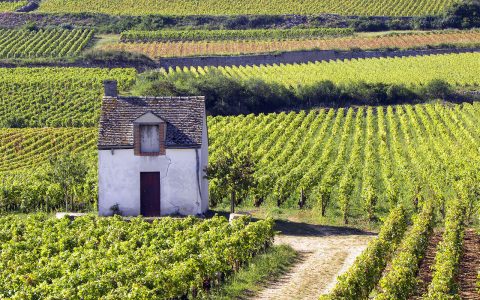
Falling Head Over Heels for Burgundy
Burgundy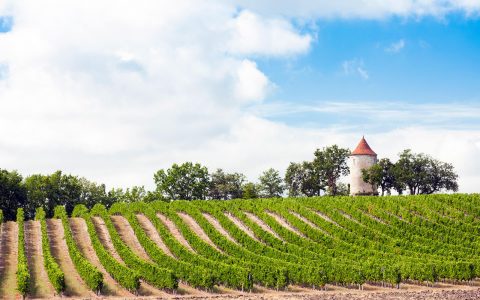
The World’s Best: Top 15 Bordeaux Wines
Bordeaux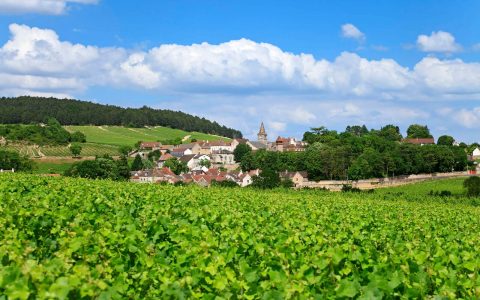
Rediscovering A Classic: Burgundy
Burgundy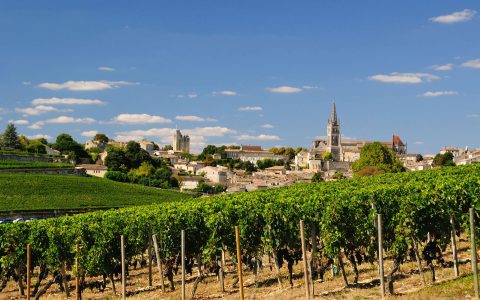
Reading for the Road: Our 5 Favourite Books About Bordeaux
Bordeaux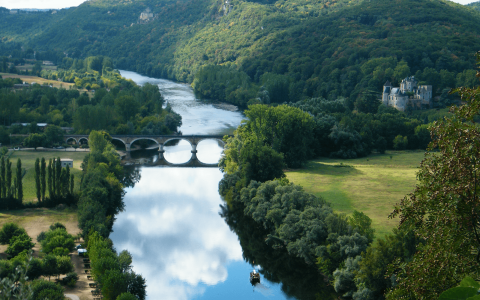
The Pleasures of Southwestern France
Bordeaux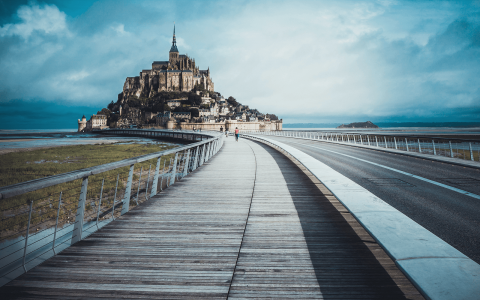
Normandy’s Showstopper: Mont Saint-Michel
Normandy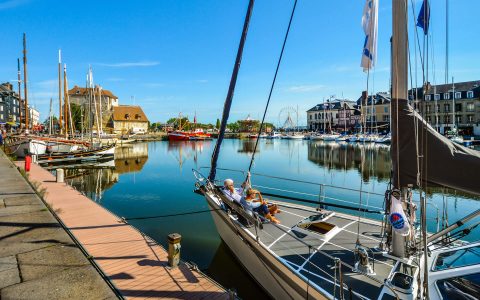
Reading for the Road: Our Favourite Books About Normandy
Normandy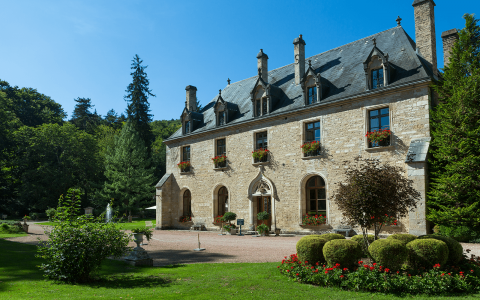
Abbaye de la Bussière: English Hospitality in the Heart of France
Burgundy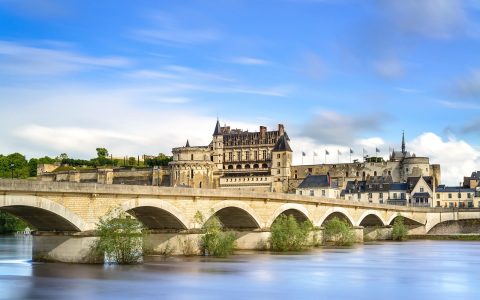
Secrets of the Loire Lifestyle
Loire Valley